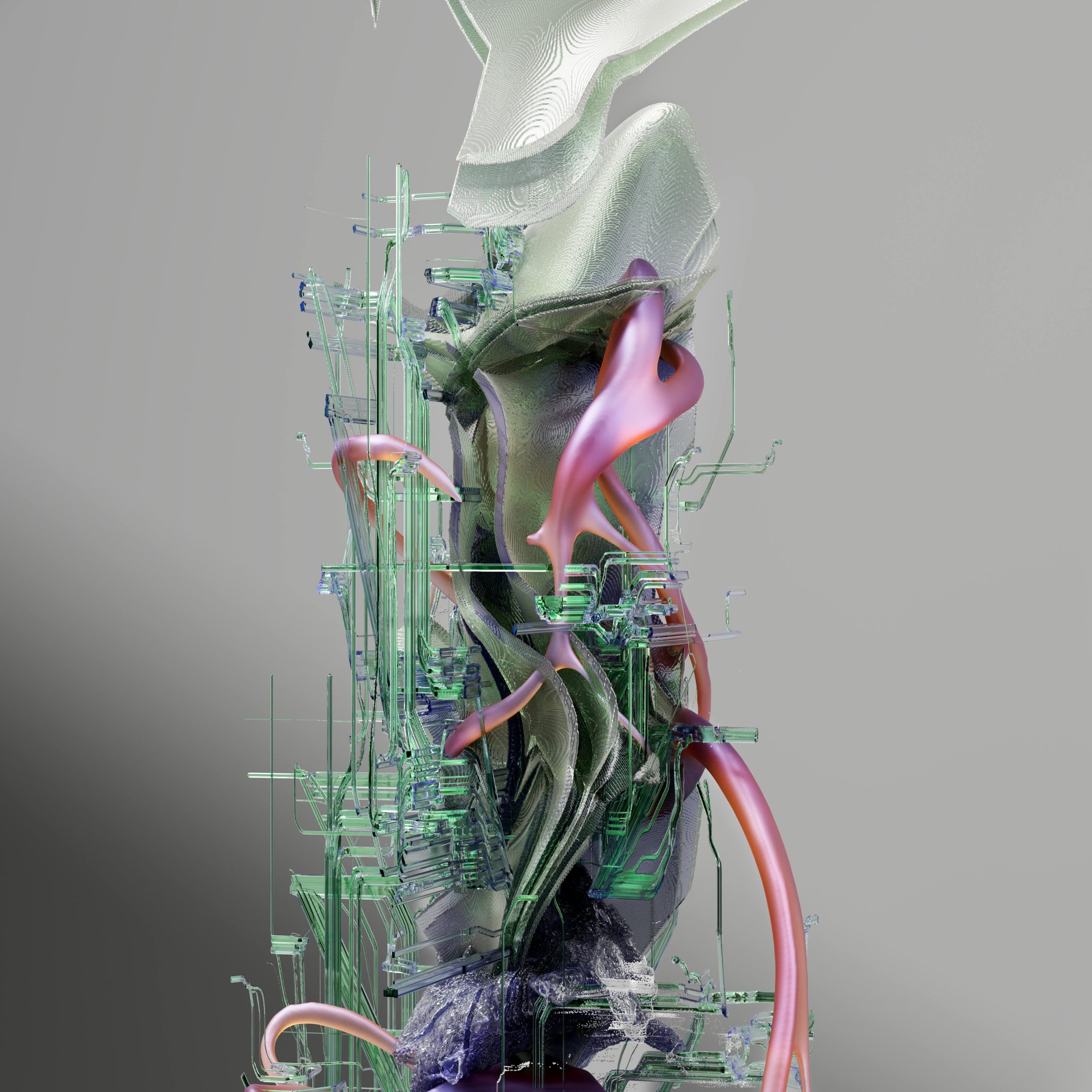Chat GPT, It’s becoming more and more censored, so censored that I have no interest in using it anymore except to find information.
The Escalating Censorship of AI Language Models: A Shift in Accessibility and Creativity
In recent months, there has been a noticeable tightening in the restrictions surrounding AI language models like ChatGPT. Historically, these platforms have demonstrated a capacity for generating a wide array of content, including fictional scenarios that explore dystopian futures, nuclear war, and other extreme narratives.
Between November 2024 and April or May 2025, users observed that ChatGPT could reliably craft elaborate, often unsettling fictional worlds featuring barbaric regimes or large-scale civilian conflicts. These capacities allowed writers, researchers, and enthusiasts to explore complex hypothetical scenarios that, while fictional, provided meaningful insights or creative inspiration.
However, by July 2025—shortly before the anticipated release of GPT-5—the accessibility of such content had significantly diminished. The generation of highly sensitive or extreme scenarios became increasingly difficult, bordering on nearly impossible. This shift signals a notable move towards more stringent content moderation, potentially aimed at aligning AI outputs with ethical guidelines and public safety standards.
This phenomenon has drawn comparisons to China’s famously strict AI censorship policies. However, it appears that similar constraints are becoming prevalent within major AI platforms operating across the United States. Such developments raise important questions about the balance between responsible AI use and creative freedom.
As AI developers continue to implement stronger safeguards to prevent the dissemination of harmful or inappropriate content, users may find themselves limited in their ability to explore darker or more controversial fictional scenarios. While these measures aim to ensure safe and ethical AI interactions, they also prompt a broader discussion on the implications for creative exploration and open discourse.
In conclusion, the evolving landscape of AI censorship reflects a complex interplay between technological innovation, ethical considerations, and societal values. As these platforms become more restrictive, users and developers alike must navigate the delicate balance between safety and free expression, contemplating the future trajectory of AI-driven content generation.














Post Comment